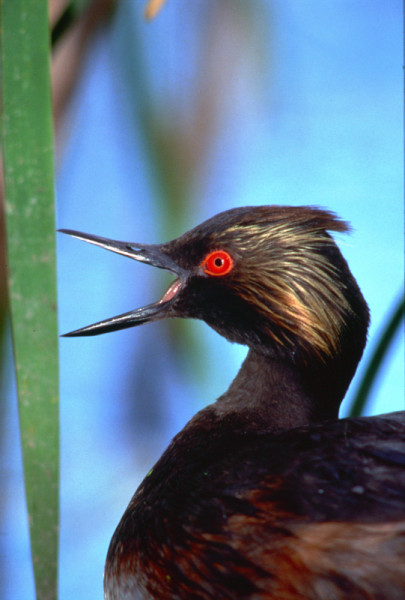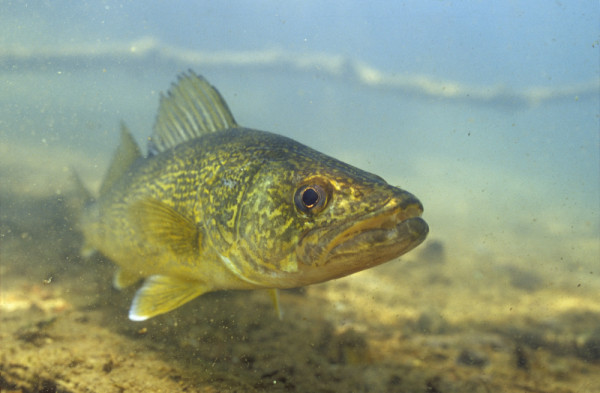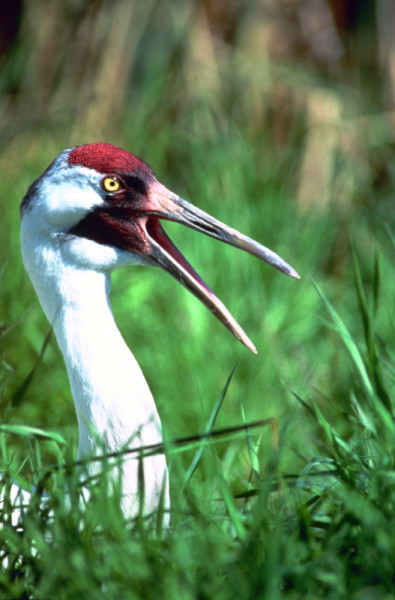SPOTLIGHT on the Athabasca: supporting one million birds and 31 species of fish
By Mathieu Lebel & Rob Powell
This is part of a special WWF blog series exploring the Athabasca River’s unique ecosystem and water management, and most importantly, how we can ensure its healthy future.
Stretching 1,538 kilometres (km) from the Rocky Mountains to the Peace-Athabasca Delta, the Athabasca is Alberta’s and one of North America’s longest remaining free-flowing rivers. What is perhaps more unique is that the Athabasca River supports resource development and ecosystems that are both of global significance.
While the social and economic benefits of oil sands development are increasingly promoted, the environmental wealth of the Athabasca River is often less well understood. Certainly, the natural, historic, and recreational values of the river’s upper reaches in Jasper National Park have long been recognized, and this section has been designated a Canadian Heritage River. However, perhaps due to it being relatively remote, there is less familiarity with the river’s final 300 km, known as the lower Athabasca River, and the incredible diversity and abundance of fish and wildlife it sustains.
The eared grebe (Podiceps nigricollis) is at its northern breeding limit in the Peace-Athabasca Delta
The lower Athabasca River flows from the Fort McMurray region to the western end of Lake Athabasca where it converges with the Peace and Birch Rivers to form the Peace-Athabasca Delta. This reach of the river provides habitat for 31 of Alberta’s 59 fish species, including walleye, lake whitefish, northern pike, and burbot. The Athabasca River is not as large as the Peace River, but it actually supplies the largest direct inflow of water to the delta – a 6,000-square kilometre wetland complex. The Peace-Athabasca Delta is one of the world’s largest freshwater deltas and is among the most important waterfowl nesting and staging areas in North America. Up to one million birds pass through the area. All four North American flyways (Pacific, Central, Mississippi, and Atlantic) cross the delta, and species such as the tundra swan and the endangered whooping crane are delta migrants. The delta’s mosaic of habitats attracts a rich diversity of birds, including ducks such as northern pintail and common goldeneye, other wetland birds such as the eared grebe, and other avian species, among them the peregrine falcon and sandhill crane. The delta also provides habitat for 42 species of mammals, including muskrats, moose, lynx, and wolves, as well as the world’s largest population of free-roaming bison. With all of this in mind, it is not surprising that the Peace Athabasca Delta has been designated a Ramsar wetland site of international importance, and approximately 80 per cent of the delta is protected within Wood Buffalo National Park, a UNESCO World Heritage Site.
Walleye (Sander vitreus) is one of 31 species of fish found in the lower Athabasca River
In short, the lower Athabasca River and the Peace-Athabasca Delta are some of the world’s greatest living waters. In addition to fish and wildlife, human livelihoods also depend on these waters. For example, the lower Athabasca River and the Peace-Athabasca Delta support commercial, recreational and Aboriginal fisheries.
With this understanding, the question that is increasingly being asked is how can these globally significant ecosystems be sustained into the future? While there are different perspectives, it is widely accepted and fairly intuitive that rivers and deltas require an acceptable quantity and quality of water at the right times. Protecting these water needs, commonly referred to as environmental flows, is now a global water management imperative. Public consultation and the completion of an updated water management plan for the lower Athabasca River have long been expected. The plan will prescribe how much, and when, water can be withdrawn for by the oil sands mining industry, in part to protect environmental flows. WWF has invested years contributing to the development of this plan because the lower Athabasca and Peace-Athabasca Delta are important places to conserve. We have also invested our effort because there is an opportunity for this plan to serve as a model for the protection of environmental flows in other rivers. We will be providing further comments as required to ensure this plan adequately protects the health of the globally significant lower Athabasca River and Peace-Athabasca Delta ecosystems.
The endangered whooping crane (Grus americana) is a Peace-Athabasca Delta migrant




